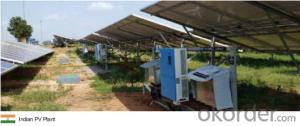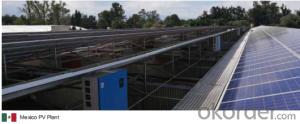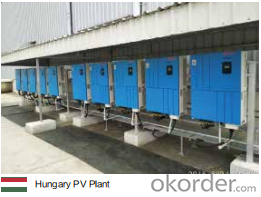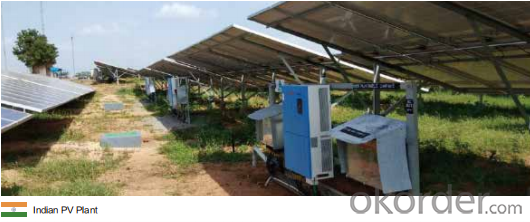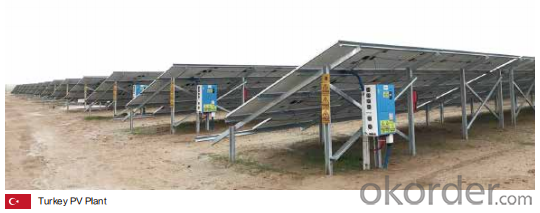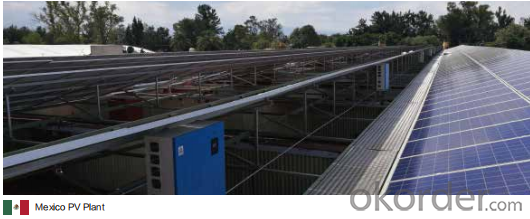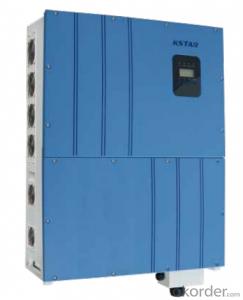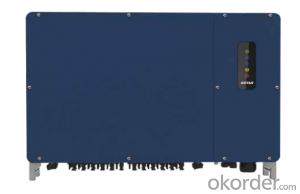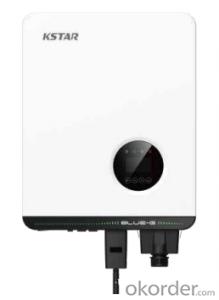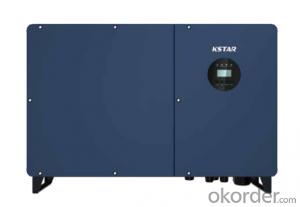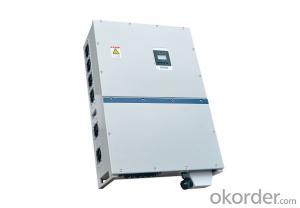Omron Solar Inverter String Grid-Tied PV Inverter KSG-50K-HV / KSG-60K-HV
- Loading Port:
- China main port
- Payment Terms:
- TT OR LC
- Min Order Qty:
- 50 pc
- Supply Capability:
- 15000 pc/month
OKorder Service Pledge
OKorder Financial Service
You Might Also Like
Specification
Product Description:
★Max. PV voltage up to 1000V Three MPPT
★DC/AC Type Ⅱ SPD optional Positive DC fuse optional
★High efficiency up to 98.6% String monitoring optional
★Reactive power controller LVRT/HVRT/FRT function
Technical Specifications:
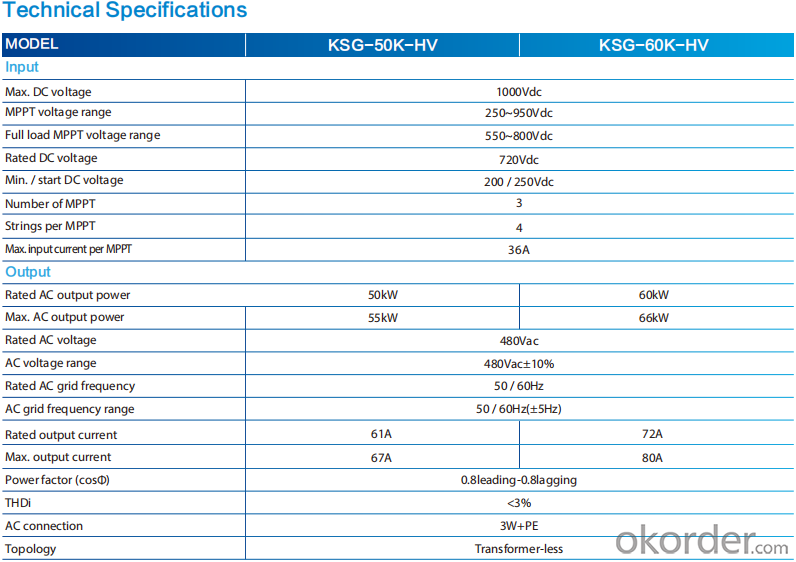
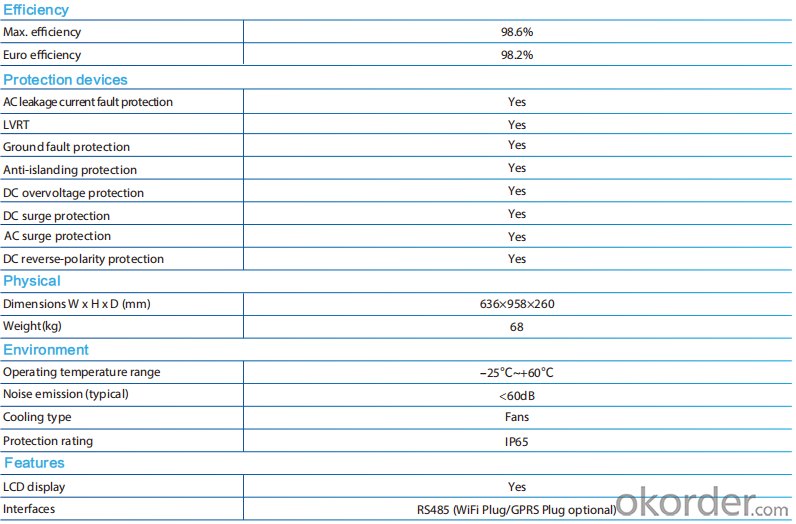
FAQ:
Q:How the output voltage of the PV inverter and the grid-connected voltage are determined
Inverter is the DC power (battery, battery) into alternating current (usually 220V, 50Hz sine wave). It consists of inverter bridge, control logic and filter circuit. Widely used in air conditioning, home theater, electric wheel, power tools, sewing machines, DVD, VCD, computer, TV, washing machine, range hood, refrigerator, video recorders, massage, fan, lighting and so on. In foreign countries
Q:Installation and maintenance of photovoltaic grid - connected inverter
only when the local power sector permission by the professional and technical personnel to complete all the electrical connection before the inverter can be connected.
Q:What is the difference between a PV grid-connected inverter and an off-grid inverter?
Off-grid inverter is equivalent to their own to establish an independent small power grid, mainly to control their own voltage, is a voltage source.
Q:After the PV inverter, how to achieve the same period before the network?
Solar panel simulator: with MPPT function, simulated morning, noon, afternoon, evening, rainy weather, solar panels produced under different conditions in different voltages.
Q:Is the PV inverter a current source or a voltage source?
According to the waveform modulation method can be divided into square wave inverter, stepped wave inverter, sine wave inverter and modular three-phase inverter.
Q:Photovoltaic grid-connected inverter without DC emc how will happen
Solar photovoltaic power generation technology is the use of solar cells, the photovoltaic effect of semiconductor materials, solar radiation can be directly converted into a new type of power generation system, solar energy is a radiant energy, solar power means --- to direct conversion of sunlight Into electricity,
Q:What is the difference between low voltage grid connection and medium voltage grid connection?
For photovoltaic power plants when the power system accidents or disturbances caused by photovoltaic power plant grid voltage drop, in a certain voltage drop range and time interval, the photovoltaic power plant can ensure that non-off-line continuous operation.
Q:Is the grid side of the grid and the inverter?
The grid load side of the grid is the grid. The inverter is an important part of the PV grid-connected system and can not be regarded as an external load. Photovoltaic power generation system is included in both grid and off-grid.
Q:PV grid-connected inverter and independent inverter in the control of what is the difference
The independent inverter in the output voltage phase amplitude of the frequency control is initially set good. Independent inverter, you should refer to off-grid inverter, do not need to consider the grid situation.
Product Images:
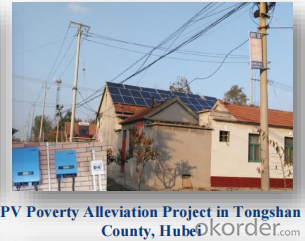
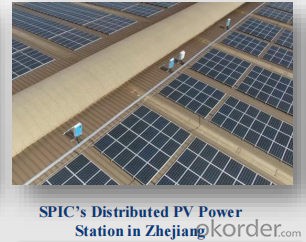
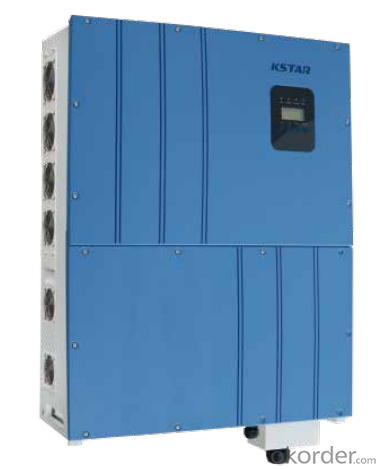
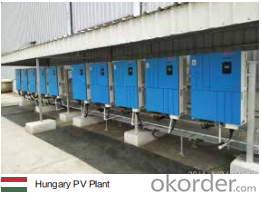



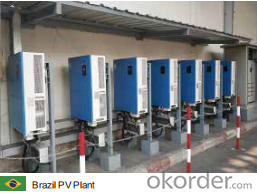
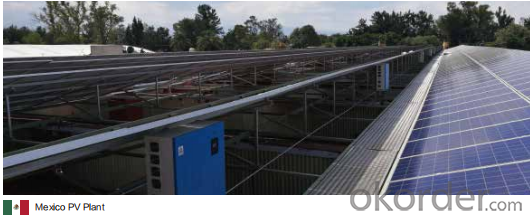
Production Process Photos:

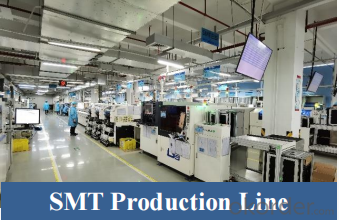
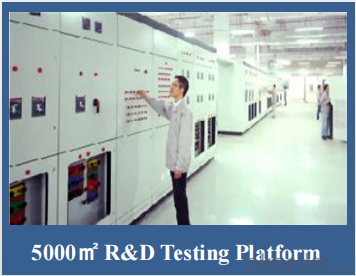
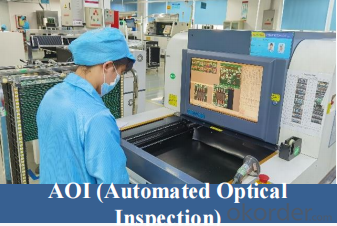
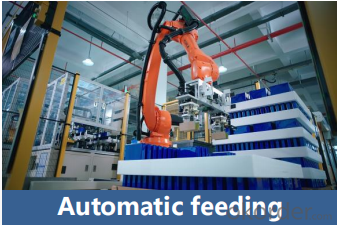
- Q: Can a solar inverter be used with a solar-powered irrigation system?
- Yes, a solar inverter can be used with a solar-powered irrigation system. The solar inverter is responsible for converting the direct current (DC) generated by the solar panels into alternating current (AC) that can be used to power the irrigation system. This allows the solar energy to be efficiently utilized for irrigation purposes.
- Q: Can a solar inverter be used in conjunction with a backup generator?
- Yes, a solar inverter can be used in conjunction with a backup generator. In fact, this combination is often used in hybrid solar systems to provide continuous power supply even during times of low solar generation or power outages. The solar inverter manages the power flow from both the solar panels and the generator, ensuring a seamless transition between power sources and maximizing the utilization of renewable energy.
- Q: How efficient are solar inverters?
- Solar inverters are highly efficient, typically converting around 95% to 98% of the direct current (DC) power generated by solar panels into usable alternating current (AC) electricity.
- Q: What is the efficiency of a solar inverter?
- The efficiency of a solar inverter refers to its ability to convert the direct current (DC) generated by solar panels into alternating current (AC) for use in homes or businesses. It is typically expressed as a percentage and indicates how effectively the inverter can convert the solar energy into usable electricity. Higher efficiency means less energy loss during the conversion process, resulting in more efficient utilization of the solar power.
- Q: Can a solar inverter be used in a solar-powered desalination system?
- Yes, a solar inverter can be used in a solar-powered desalination system. A solar inverter is responsible for converting the direct current (DC) electricity generated by solar panels into alternating current (AC) electricity, which is required for the operation of the desalination system. By utilizing a solar inverter, the system can effectively harness solar energy and convert it into usable power for the desalination process.
- Q: Can a solar inverter be used with different types of tracking algorithms?
- Yes, a solar inverter can be used with different types of tracking algorithms. The primary function of a solar inverter is to convert the direct current (DC) generated by solar panels into alternating current (AC) that can be used in homes or businesses. Tracking algorithms, on the other hand, are responsible for optimizing the performance of solar panels by adjusting their orientation and tilt angles to maximize sunlight exposure. Solar inverters can integrate with various tracking algorithms to ensure efficient operation and improve energy generation.
- Q: How does a solar inverter handle low light conditions or cloudy days?
- A solar inverter handles low light conditions or cloudy days by adjusting its power output to match the available sunlight. It is designed to maximize the energy conversion efficiency even in low light situations, allowing for continuous power generation from the solar panels.
- Q: What certifications should I look for when choosing a solar inverter?
- When choosing a solar inverter, it is important to look for certifications such as UL listing, IEC 61727 compliance, and IEEE 1547 compliance. These certifications ensure that the inverter meets safety and performance standards, and is compatible with grid connection requirements.
- Q: How is a solar inverter different from a regular inverter?
- A solar inverter is specifically designed to convert the DC (direct current) electricity generated by solar panels into AC (alternating current) electricity suitable for use in homes and businesses. On the other hand, a regular inverter is mainly used to convert DC electricity from batteries or other sources into AC electricity. Therefore, while both inverters convert electricity from one form to another, a solar inverter is tailored for the unique requirements of solar power systems.
- Q: Can a solar inverter be used with micro-inverters?
- Yes, a solar inverter can be used with micro-inverters. Micro-inverters are typically used in small-scale solar installations to optimize the performance of individual solar panels. They convert the DC power generated by each solar panel into AC power, which can then be combined and synchronized by a central solar inverter. This allows for greater flexibility, efficiency, and monitoring capabilities in the overall solar system.
Send your message to us
Omron Solar Inverter String Grid-Tied PV Inverter KSG-50K-HV / KSG-60K-HV
- Loading Port:
- China main port
- Payment Terms:
- TT OR LC
- Min Order Qty:
- 50 pc
- Supply Capability:
- 15000 pc/month
OKorder Service Pledge
OKorder Financial Service
Similar products
Hot products
Hot Searches
Related keywords


